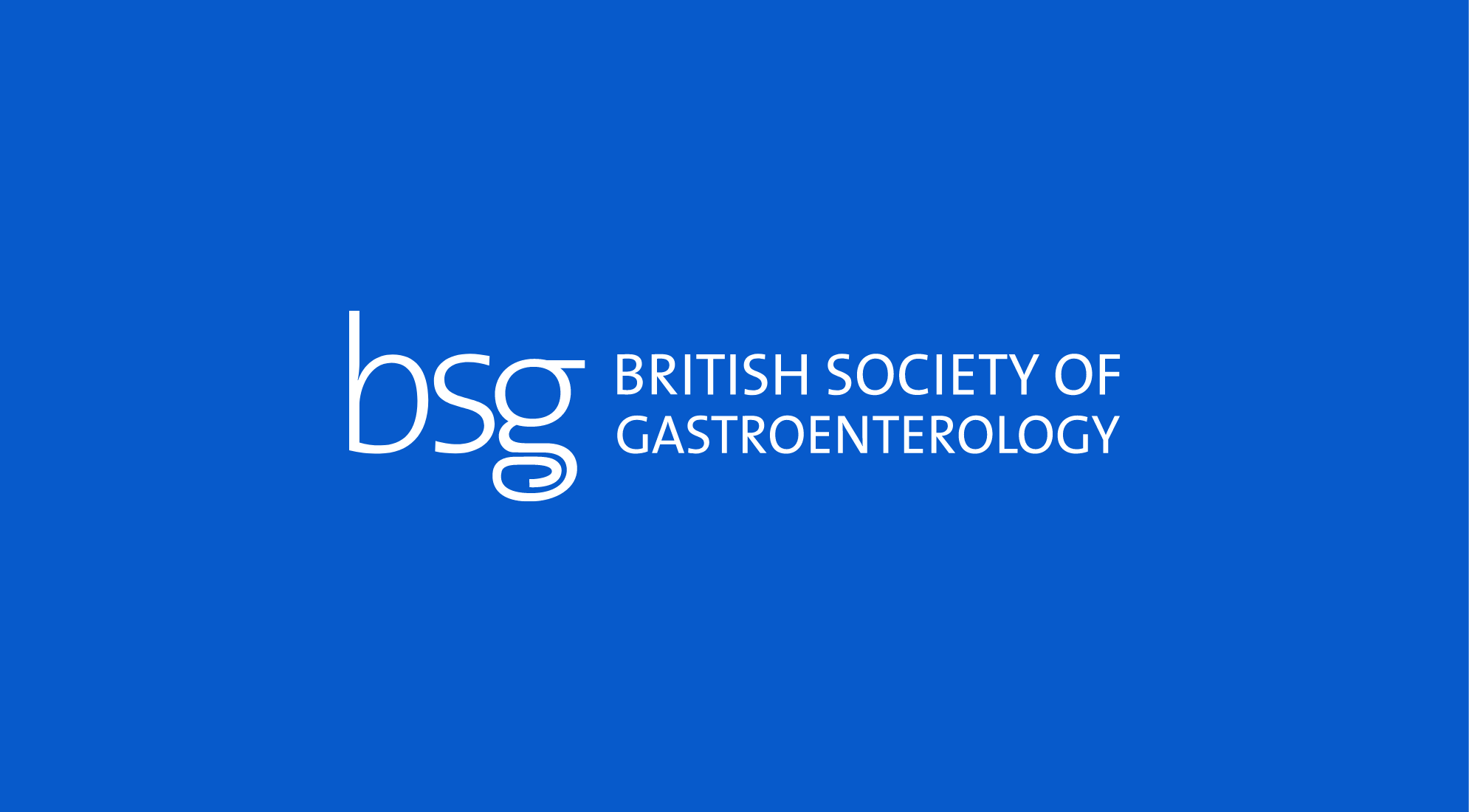These guidelines have been reviewed and endorsed by BSG CSSC and ACPGBI, and have now been published in Gut: Rutter MD, East J, Rees CJ, et al. Gut 2020;69:201–223
These consensus guidelines were jointly commissioned by the British Society of Gastroenterology, the Association of Coloproctology of Great Britain and Ireland and Public Health England. They provide an evidence-based framework for the use of surveillance colonoscopy and non-colonoscopic colorectal imaging in people aged 18 and over.
They are the first guidelines that take into account the introduction of national bowel cancer screening. For the first time, they also incorporate surveillance of patients following resection of either adenomatous or serrated polyps and also post-colorectal cancer-resection.
They are primarily aimed at healthcare professionals, and aim to address:
- Which patients should commence surveillance post-polypectomy and post-cancer resection?
- What is the appropriate surveillance interval?
- When can surveillance be stopped?
The Appraisal of Guidelines for Research and Evaluation (AGREE II) instrument provided a methodological framework for the guidelines. The BSG’s guideline development process was used, which is National Institute of Health and Care Excellence compliant.
The key recommendations are that the high-risk criteria for future colorectal cancer (CRC) following polypectomy comprise EITHER:
- 2 or more premalignant polyps including at least one advanced colorectal polyp (defined as a serrated polyp of at least 10mm in size or containing any grade of dysplasia, or an adenoma of at least 10mm in size or containing high-grade dysplasia); OR
- 5 or more premalignant polyps
This cohort should undergo a one-off surveillance colonoscopy at 3 years. Post-CRC-resection patients should undergo a 1-year clearance colonoscopy, then a surveillance colonoscopy after 3 more years.
Read More

